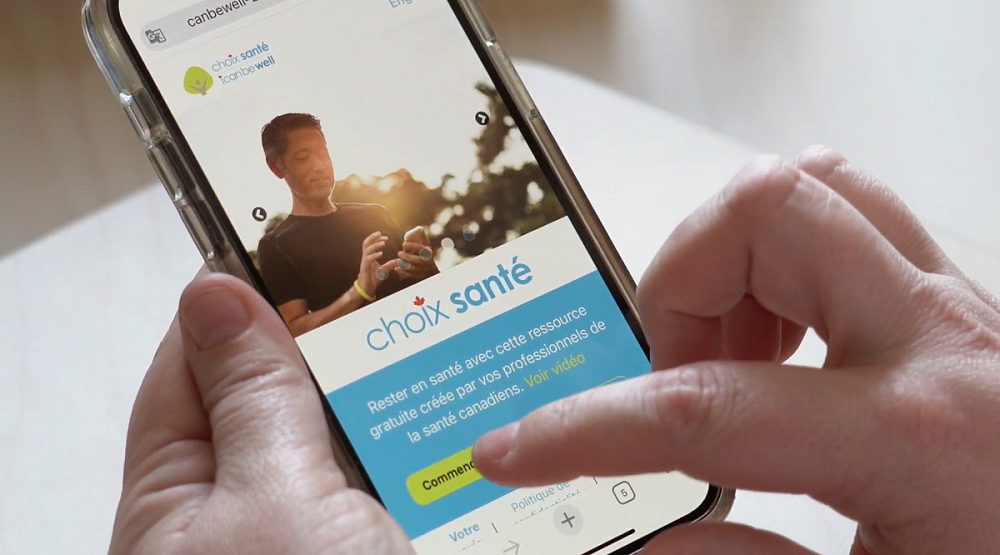An innovative healthcare program developed by researchers at the University of Ottawa has successfully paired residents with family physicians at a time when Canada is lagging comparable, high-income countries at providing access to primary care providers.
This recent publication in the Canadian Journal of Rural Medicine demonstrates the success of Integrated Virtual Care (IVC), an innovative program aimed at increasing attachment to a family physician and comprehensive, team-based primary care in Renfrew County, which lies outside of Ottawa, Ontario. The study shows how previously unattached patients were successfully connected to a family physician to receive comprehensive, team-based primary care.
“These findings show clearly that residents without a family doctor are ready and willing to embrace innovative ways of increasing access to primary care. They also show that patients were happy with the process of joining IVC,” says study co-author Dr. Jonathan Fitzsimon, an Assistant Professor at the Department of Family Medicine in the Faculty of Medicine. Cayden Peixoto from the Institut du Savoir Montfort was the lead author of the study.
Addressing a rural shortage
Like many rural communities, Renfrew County does not have enough family physicians to meet the needs of its population of 106,365. Approximately 20 percent of its residents do not have a family physician, or an alternative primary care provider.
IVC addressed these problems by matching 790 adult patients without a primary care provider to a family physician who works mostly off-site. Physicians were embedded within the Petawawa Centennial Family Health Centre (PCFHC), as part of an existing, local Family Health Team.
Over the course of the seven-month study period, over 2800 unique IVC patient appointments were done, with 70 percent conducted virtually. The matchmaking benefits included a review of cancer screening tests performed for colorectal cancer, cervical cancer and breast cancer, and the evaluation of new referrals and subsequent enrolments to smoking cessation programs among current smokers.
Helping the vulnerable
“When care is provided by allied health professionals, nurse practitioners and other physicians in the local family health team, these interactions are communicated efficiently with the patient’s doctor,” says Fitzsimon, who is a clinical researcher at Institut Savoir Montfort. “Partnership with the existing community paramedicine programme allows a range of at-home care options for vulnerable, housebound patients.”
Fitzsimon and the study’s co-authors, which also includes Judy Hill and Lisa Hawkins from the Petawawa Centennial Family Health Centre, envision these results guiding the expansion, development, and quality improvement of similar integrated primary care delivery concepts in rural and underserved communities, which are often large with dispersed facilities, increasing the travel burden to accessing primary care for most rural residents.
Media requests: media@uOttawa.ca


